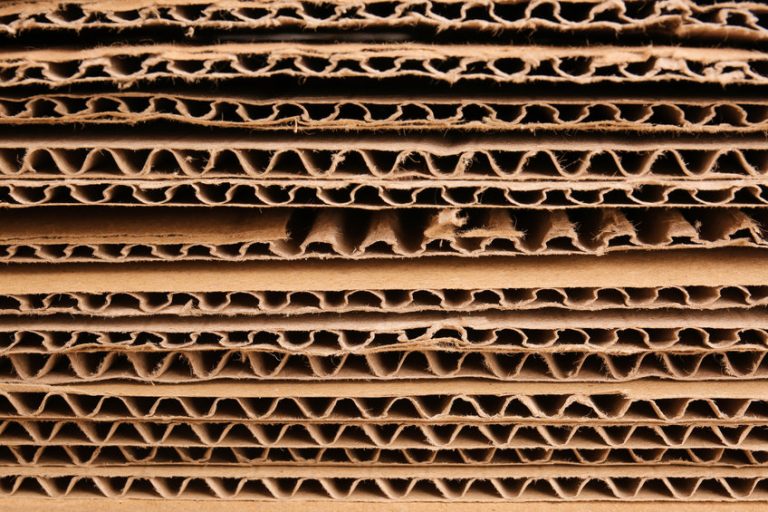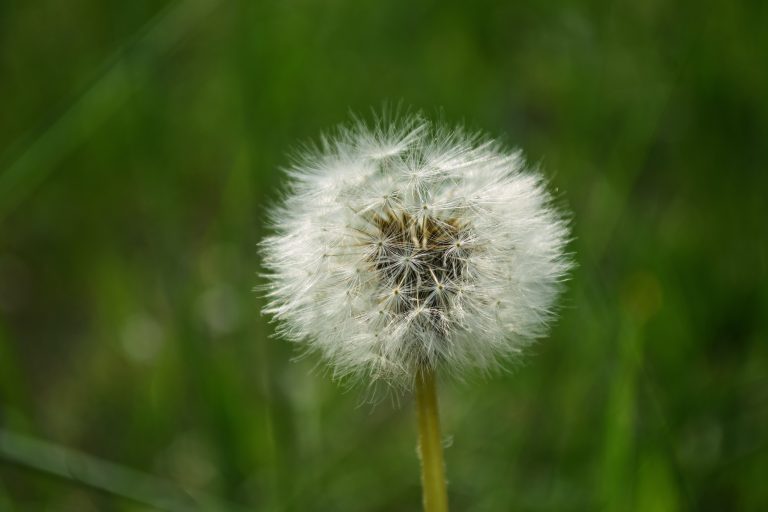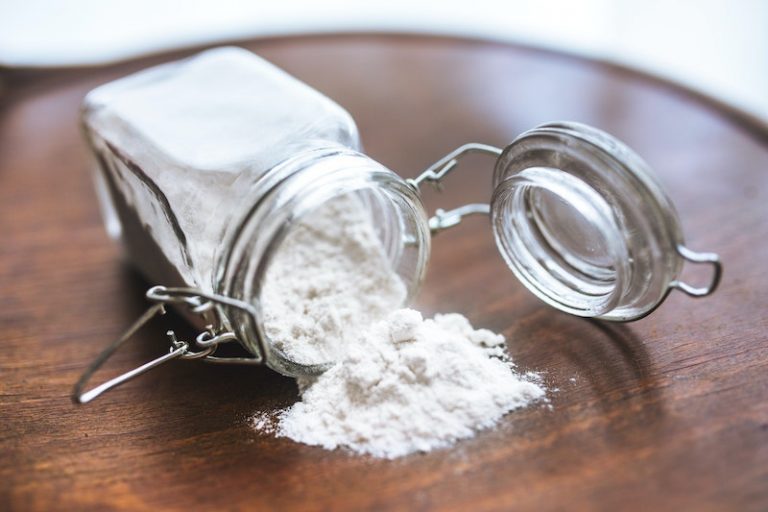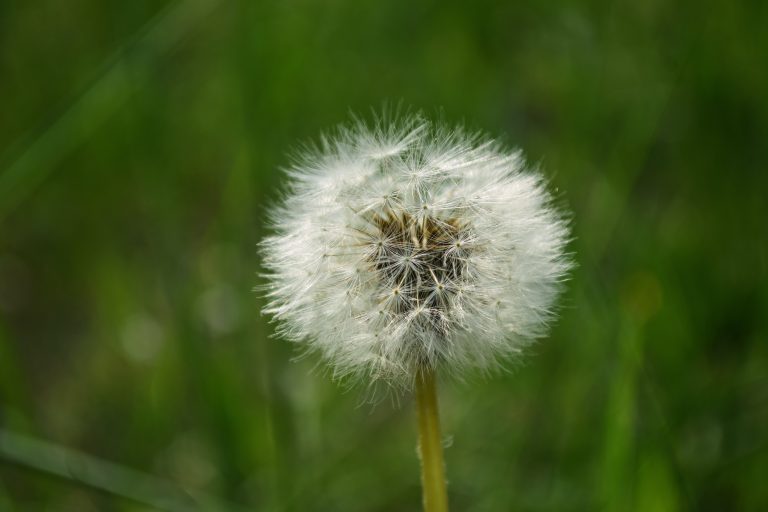I’m very forgiving when it comes to weeds. But because I use the square foot gardening method and garden in raised beds, I rarely have to deal with many invading plants. Still, there are some spots in my garden when I need to keep weeds out. Since landscaping fabric is pricey, I stick to…
weeds
Should You Use Diesel To Kill Weeds?
Should you use diesel to kill weeds? Short answer: Nope. Weeds can be annoying. They compete with other plants for nutrients and can turn a pretty, organized garden into a patchy mess. Still, I’ll continue to stand up for weeds. Some of the plants we consider weeds are actually beneficial. They offer up food to…
How to Use Baking Soda for Weed Control
I’ve dealt with some nasty weeds in my day. I’ve also tried a lot of methods to get rid of said weeds. A lot of those so-called “tried-and-true” methods are actually bogus. Like so many gardening pieces of wisdom, a lot of weed control tricks aren’t really useful. What about baking soda for weed control?…
5 Ways to Banish Weeds Without Breaking the Bank
I’ve got a little bit more work to do than usual this spring because of the mistakes I made when installing my raised beds five years ago. I was eager to get started and didn’t think I’d have issues with weeds since my beds were waist-high. I assumed I’d have to deal with the occasional…



